A car carrier or car transporter is designed specifically to carry light vehicles (cars, utes and light trucks). While they are usually a semitrailer pulled by a prime mover, there are shorter rigid trucks with car transporter trailer.
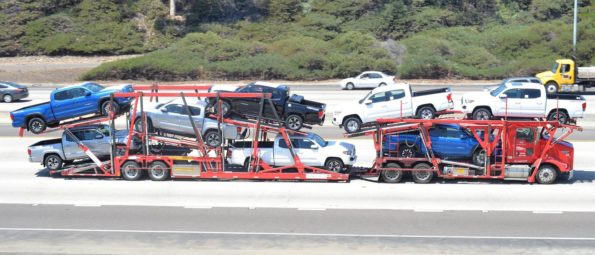
The most common car carriers are a skeletal tube steel design. as opposed to being box trailers.
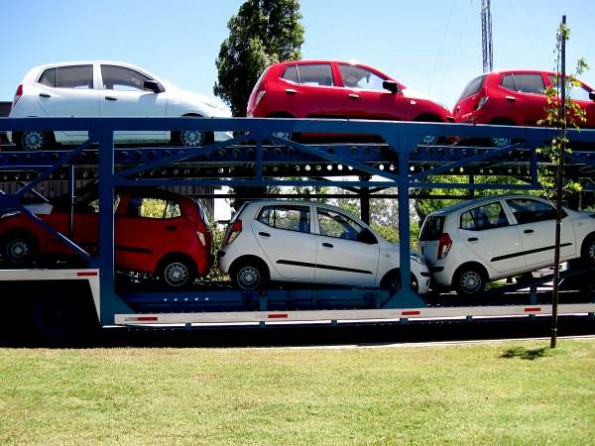
The larger ones fit seven or eight across two decks, although the actual number depends on how large the cars are that it is carrying, and whether carrying more would exceed the maximum vehicle dimensions.
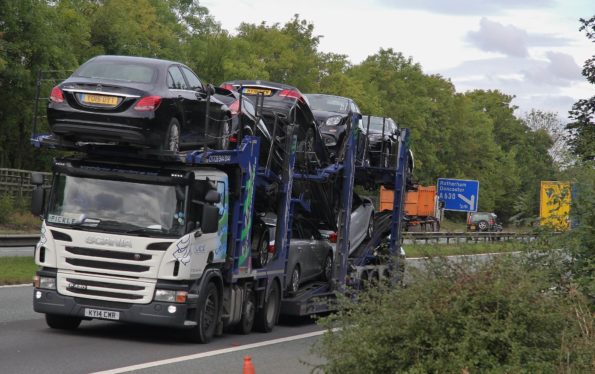
Smaller carriers could be part two decks or simply a flat deck transporter.

At the rear, there are ramps for loading and offloading cars. The ramps on larger carriers are hydraulic. The top deck is lowered for loading and then raised so that other vehicles can fit underneath (the top deck is loaded first and unloaded last).
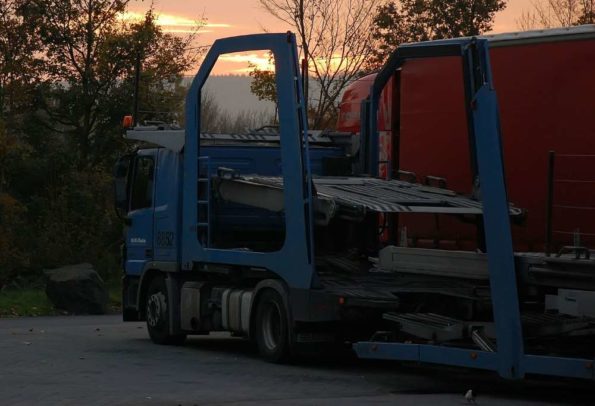
Unlike flatbed transporters which are used to carry disabled or non-running vehicles, car transporters don’t have winches. Loaders or the driver will drive the vehicles onto the carrier and then secure them.
The cars are secured to the deck of the transporter using a webbing strap over the wheel or suspension components (being careful not to crimp hoses). Once the vehicles are secured, the ramps can be tilted to optimise space usage.
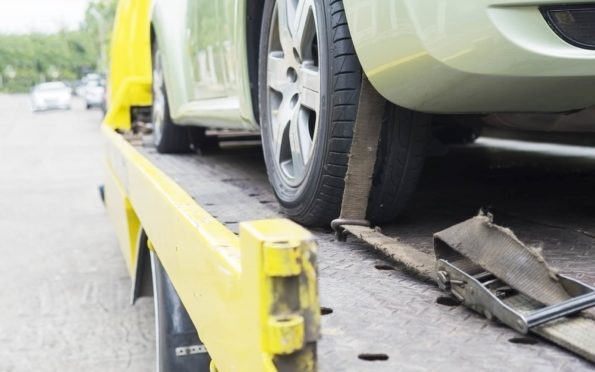
Box trailers are often used for premium cars where damage prevention is more important, other materials need to be transported along with the car(s), or security is important (e.g. racing cars).
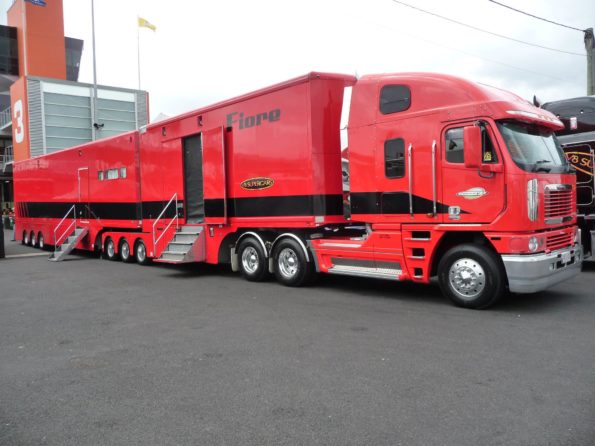
The carriers are custom built for a company’s requirements and the types of loads they carry. Vehicles have become wider and longer over time, so car carriers need to be able to accommodate a mixture of smaller family cars up to full-sized utes.
Driving a car carrier
The trailers have a high centre of gravity due to having three or four vehicles sitting up to 4.2 metres high. It’s important that the carrier is not driven at speed or manoeuvred harshly with only the upper deck loaded otherwise there’s a risk of it tipping over.
The driver has to be aware of the front of the trailer which sometimes extends part way over the cab. This will swing out when the driver makes a sharp turn.
The prime mover does not need to be particularly powerful. Most vehicles weigh under 2000kg, which gives a load weight of around 14,000kg; large semitrailers that pull other types of loads, e.g. construction materials, often carry up to 30,000kg. This allows a car carrier company to specific a prime mover which is perhaps more fuel-efficient.
To get the extra length in the trailer, car carriers are often pulled by a cab over prime mover (i.e. not a bonneted truck).
